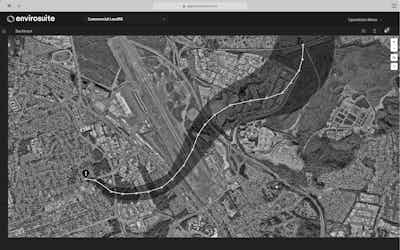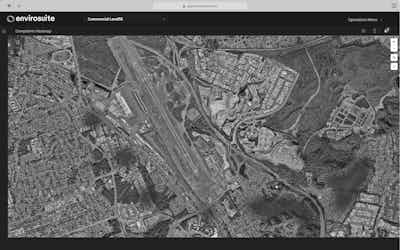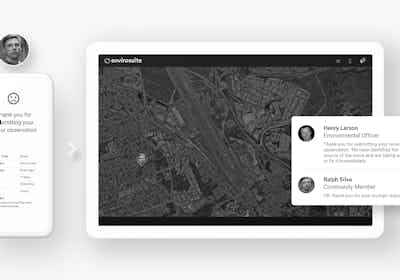It’s no secret that landfills are major odour sources.
In the US, a little over 50% of waste ends up in landfills or other waste management operations.
Organic matter, or ‘putrescible waste’, is mainly responsible for the odours generated from landfills, especially when there is time for it to ‘cook’ on the way to the landfill in hotter months. Moisture or leachate also results in unpleasant odours when it is not collected in sumps to be treated and disposed of safely.
Due to community perceptions, landfills are normally the first to take the blame first for odours, over other industrial operations or natural causes. Often landfills aren’t the culprit for community impact, especially operations that are under heavy regulation and are proactively executing processes highlighted in odour management plans.
The difficulty of validating odour complaints
One of our landfill clients in the US can experience periods when they receive 10 to 50 complaints per day from nearby residents. This poses a significant challenge for staff who are responsible for investigating each specific complaint and determining its source.
Staff have been brainstorming over operational scenarios. Are odours emitting from the active face into the open air? Do they potentially escape from old waste cells buried underground that may have cracked open from pressure? Are these reported odours coming from this particular landfill operation at all?
All of these scenarios have the potential to disrupt operations severely. In turn, the landfill is working directly with Envirosuite to create a custom odour complaint submission form. This allows residents from surrounding communities to file a complaint ticket by providing the location, the time they noticed it, and what type of odour they noticed.
The complaint data collected from this form is automatically submitted to the Envirosuite platform where environmental intelligence is applied to help make faster and more effective actions in response to complaints.

The image above shows how odour complaint data from a submission form can be pinpointed on a map for further analysis.
Applying environmental intelligence to geospatial complaint data
Reverse trajectory modelling is a meteorological tool that allows landfill operators to instantly run models that trace the likely source. Staff at the landfill are able to determine if a complaint submitted by a community member was in fact caused by their site, and is valid, or came from another source - all within minutes.
The path of the detected odour for up to 60 minutes preceding the complaint can be shown by pinpointing where and when the complaint was generated. As a result, the landfill can check if that trajectory leads back to their location or points to another site, such as a composting centre, as the responsible entity.

The image above show Envirosuite's reverse trajectory models can determine the likely source of an odour complaint.
To see a bigger picture of the complaints in an area, a heat map and cluster map can give a quick and easy view of the distribution of complaints that turned out to be either valid or invalid over a period of time; in the landfill’s case the valid complaints totalled up to 121 in 20 days - many fewer than the total number of complaints they received.
So far Envirosuite has helped the landfill classify a high percentage of odour complaints as invalid - precisely 51 in a matter of 3 to 4 weeks. This is saving a significant amount of time and money on investigations as these complaints can be disregarded and operations can continue uninterrupted.

The image above shows Envirosuite's heat map feature provides an idea of the distribution of valid and invalid complaints.
